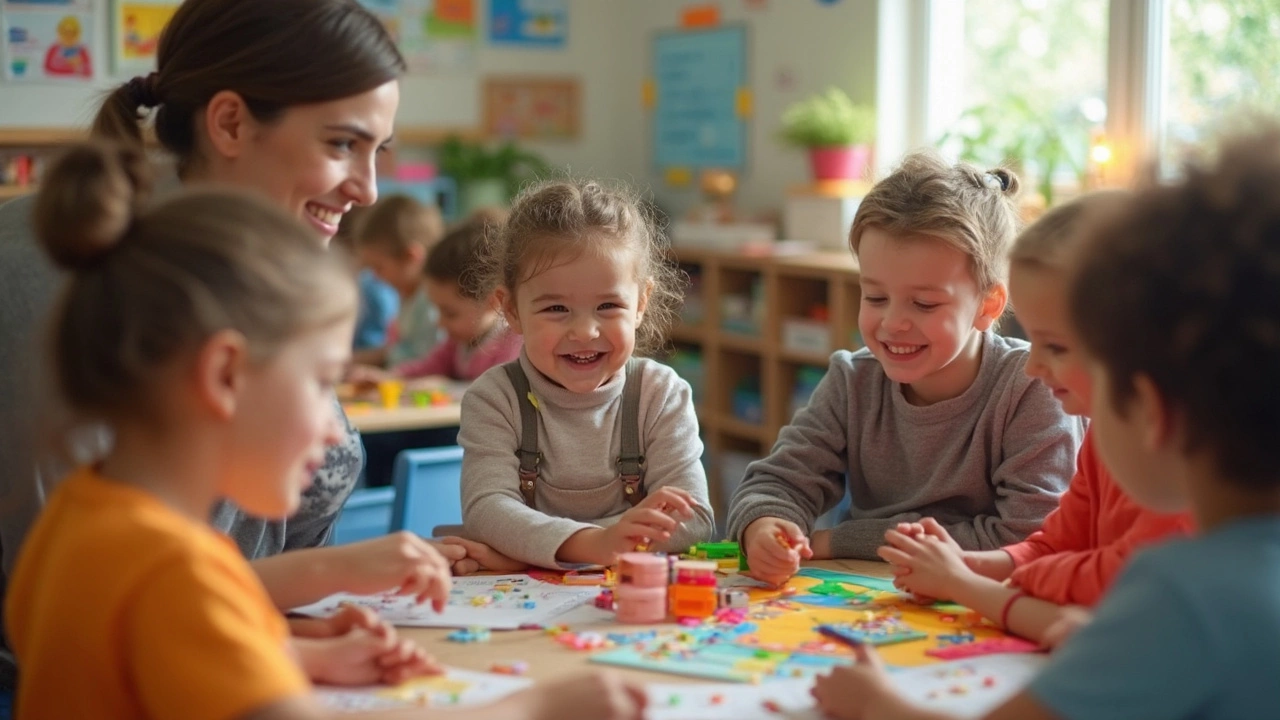Autism Strategies: Simple Ways to Support Your Child
If you’re a parent or teacher of a child on the autism spectrum, you’ve probably searched for endless advice that feels overwhelming. The good news is that effective strategies don’t have to be complicated. Small, consistent changes in the environment, routine, and communication can make a big difference in how a child feels and learns.
Create a Calm Environment
Kids with autism often react strongly to sensory overload. Start by identifying the biggest triggers – bright lights, loud noises, or chaotic spaces. Dimming the lights, using soft music, or providing noise‑cancelling headphones can lower anxiety in minutes. A cozy corner with a weighted blanket, a few fidget toys, and a visual schedule gives a safe spot for a quick reset.
Consistent routines are another anchor. Kids thrive when they know what comes next. Use picture cards or a simple chart to show morning steps, lunch, or bedtime. When a change is unavoidable, give a heads‑up early (e.g., “In 10 minutes we’ll move to the playground”). This prepares the brain and reduces meltdowns.
Boost Communication and Social Skills
Many autistic children find spoken language tough, so pair words with clear visuals. If you’re teaching “stop,” hold up a red hand sign while saying the word. Repeating this combo helps the child link the concept with the image. Apps that use pictures and voice prompts can reinforce learning at home.
Encourage social interaction in low‑pressure settings. Play a favorite game that requires turn‑taking, like rolling a ball back and forth. Celebrate each successful turn with a high‑five or a quick praise (“Great sharing!”). Over time, those tiny wins build confidence for bigger group activities.
Don’t forget to model calm communication. Speak in short sentences, use a steady tone, and give the child extra time to respond. If they use gestures, sign language, or a communication board, follow their lead. Showing you value their method teaches them that they’re understood.Finally, involve the child in problem‑solving. If a particular activity triggers frustration, ask, “What can we change to make this easier?” Simple choices like swapping a noisy toy for a quieter one give them control and reduce power struggles.
Putting these strategies into daily life takes patience, but the payoff is worth it. A calmer environment, clear communication, and predictable routines help autistic children feel safer and more capable. Start with one or two changes, watch how the child responds, and adjust as needed. Small steps add up to big progress.
Snap Autism: Understanding This Special Needs Education Approach
Ever heard someone mention 'snap autism' and wondered what it means? This article breaks down what 'snap autism' actually refers to, why it matters in special needs education, and how it can benefit kids with autism. You'll also get practical tips, interesting facts about how the approach works, and ways families and teachers can support children more effectively. This is for anyone curious about unique autism strategies in schools. Clear answers, no jargon—just what you need to know.
